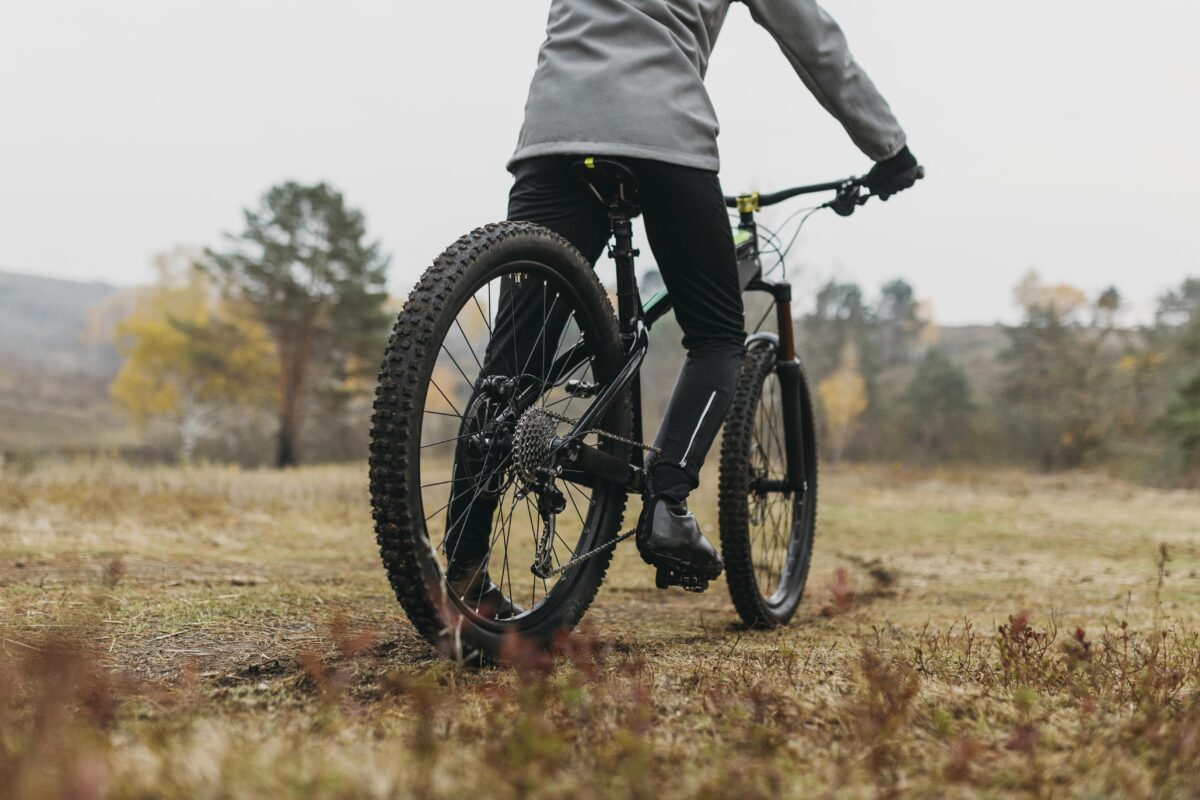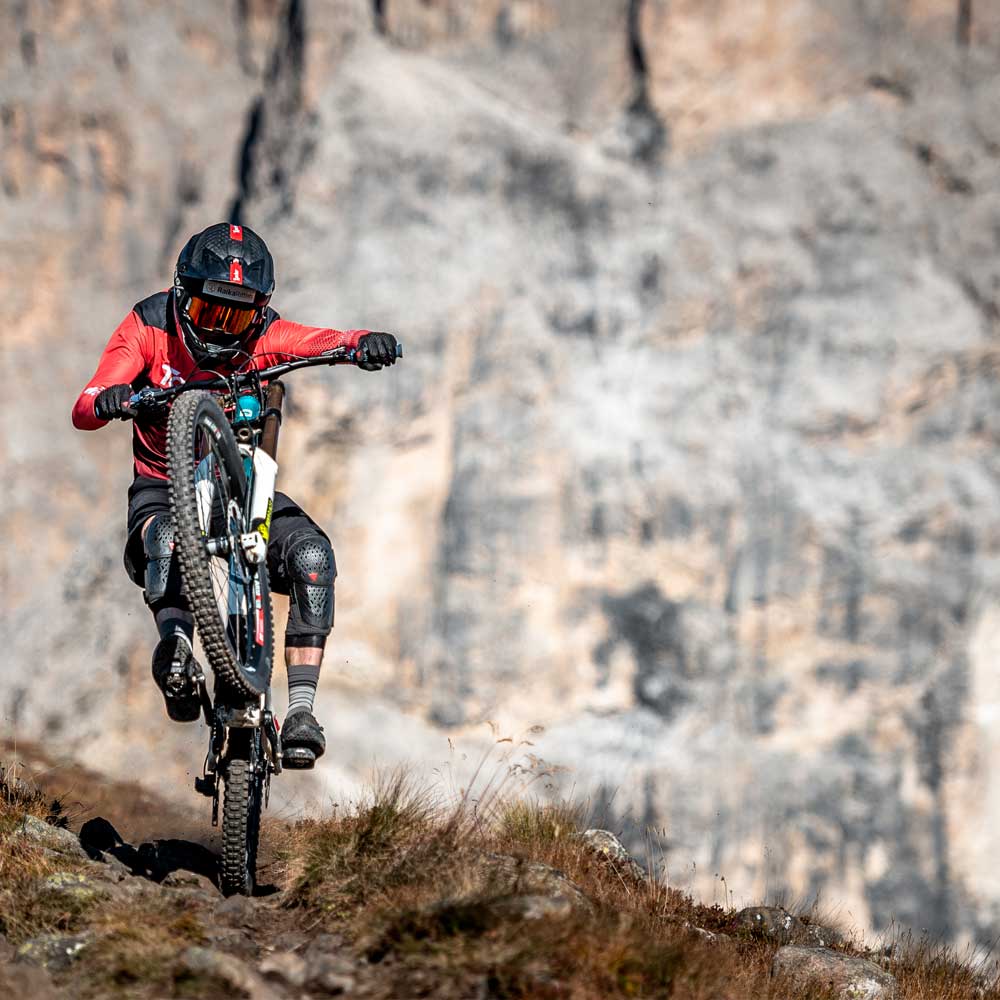BIKE TIPS
Layering and Other Winter Cycling Clothing Tips
Knowing how to dress before heading out for a winter ride is quite an art. Some people leave home bundled up as if the route were at the North Pole. Others, braver souls, venture out with the same jersey they use in the summer, a windbreaker, or arm warmers to cover their arms and not much else. If you're also unsure about what to wear when cycling, this article is for you.
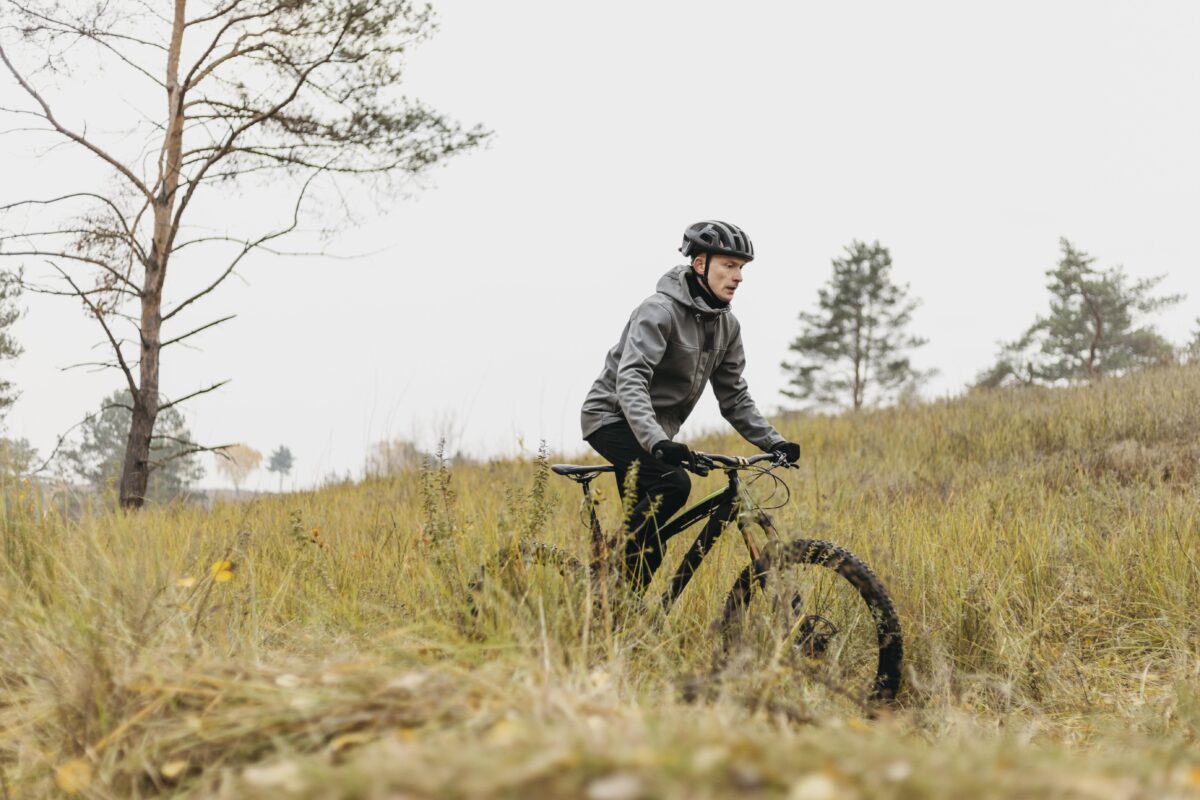
The best advice: dress in layers
Dressing in layers is the best way to face the cold and sudden temperature changes. This strategy not only keeps your body warm but also allows you to regulate body temperature at all times. For this, it is very important to use clothing that not only insulates but also breathes. Sweat is one of the most unpleasant inconveniences we can encounter in our winter outings, as we can cool down if too much moisture accumulates near the skin. If our clothing is breathable, it will allow sweat to evaporate to the outside.
Base layer
For layering, our recommendation is to always use a thermal shirt as the base layer. This can be short-sleeved or long-sleeved. Make sure the fabric is warm but breathable and absorbent. This layer will repel sweat, keeping the skin dry. This way, you'll avoid cooling down when stopping or exposing yourself to gusts of wind.
Middle layer
This layer is designed to retain the heat from your body, preventing heat loss. If you're wearing a long-sleeve thermal shirt as a base layer, you can combine it with your regular cycling jersey. If you prefer to use a short-sleeve thermal shirt, you can always pair it with a winter jersey, if you have one. Or with arm warmers. It's always ideal to use lightweight and, again, breathable materials. This way, we avoid overheating during moments of more intense activity. In any case, it will depend on your activity and, above all, your cold tolerance.
Outer layer
It should protect you from the cold, but especially from the wind and external moisture. A windproof jacket or a lightweight rain jacket are good options to face these conditions. Also, make sure they have reflective elements to improve your visibility in low-light conditions.
In any case, there are no absolute rules for your winter cycling clothing. Firstly, because not all places experience the same cold and humidity conditions. Secondly, because we all have different tolerances to low temperatures and engage in different cycling disciplines. In other words, a demanding MTB route with significant elevation changes is not the same as a long road ride at high speeds. However, in any of these options, layering is always a recommended idea to keep yourself warm and dry. Just remember to ensure that the layers you wear are breathable to allow moisture to evaporate from the inside.
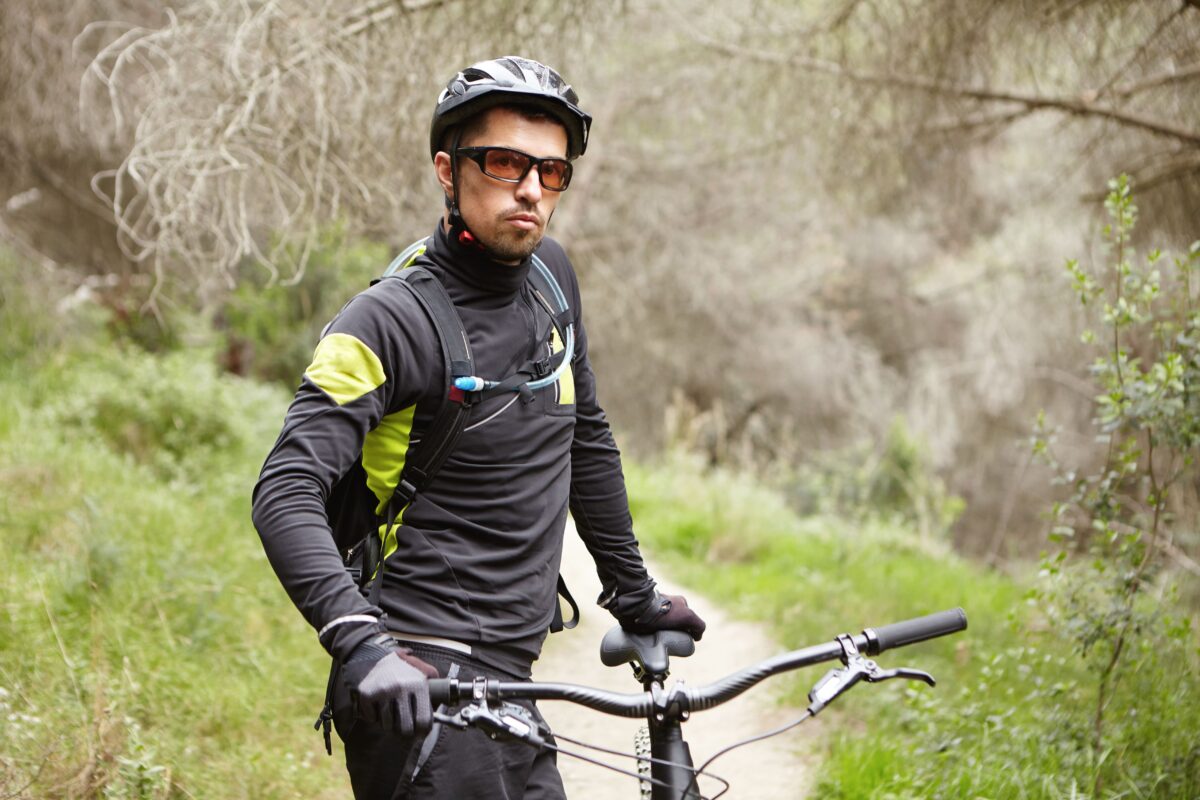
And for the lower part?
Well, the same happens. Not everyone goes on rides under the same conditions or has the same cold resistance. That being said, if we live in a low-temperature area and usually ride several days a week, a good long winter jersey might be suitable. If we live in a warmer area, where we'll encounter few very cold days, high-quality leg warmers may be sufficient. Additionally, if needed, we can complement them with knee warmers, which can be a more economical option. Just keep in mind the material, as using, for example, cotton, won't allow sweat to evaporate.
Another option is to wear long tights under the short bibs, similar to how long-sleeve thermals are worn under the jersey. The main advantage is that this way, we won't have to buy long bibs. However, a drawback of adding another layer under the bibs is that chafing may occur due to the seams.
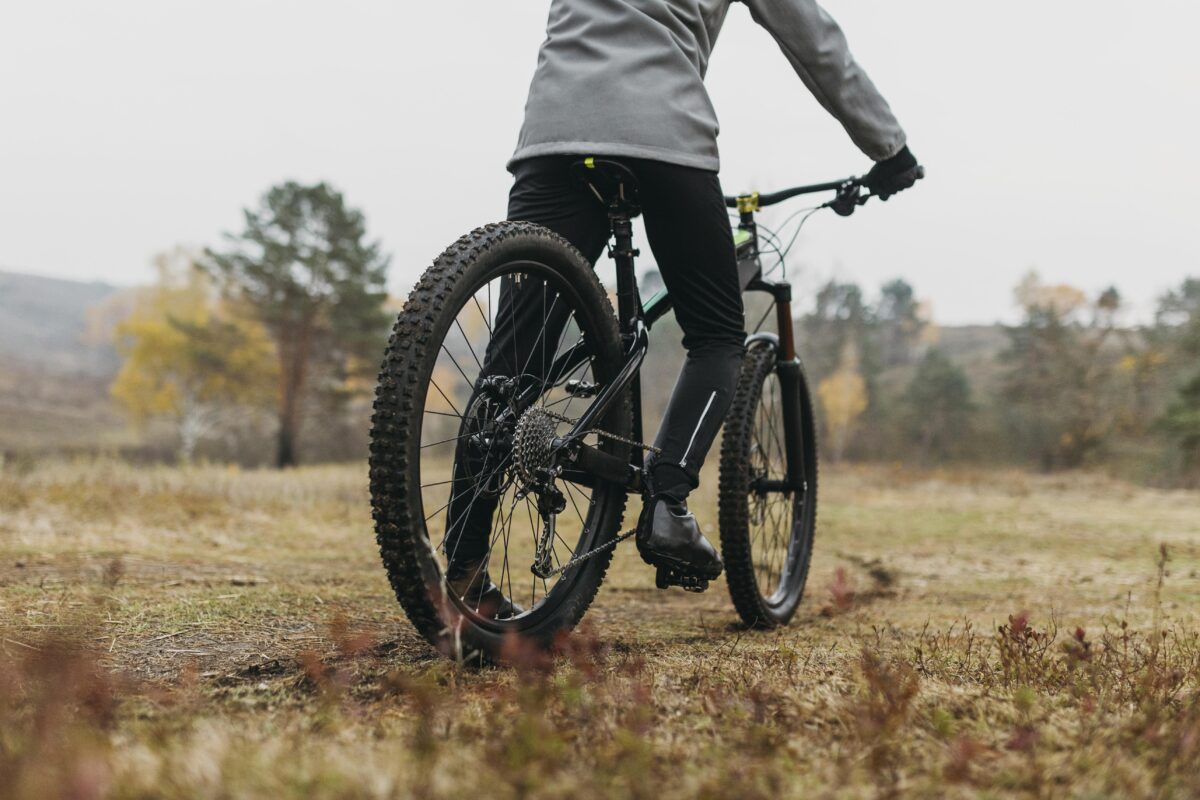
Whatever you choose, always look for a high degree of elasticity, so that it fits well with our movements without causing friction or uncomfortable folds. But above all, look for thermal and breathable qualities, so that they retain heat and eliminate sweat.
Other clothing tips to protect yourself from the cold
If your feet, hands, and ears are cold, it's hard to warm up during the entire ride, with the issues that can arise. That's why our advice is:
- Always choose specific winter socks. These are usually thicker, and some are even waterproof. Their function, in this case, is twofold: keeping us warm and dry.
- There are also specific MTB boots for the cold, but if you don't think you'll use them much due to the climate in your area, you can go with shoe covers and the footwear you usually use for cycling.
- Use the right gloves. If you go on short rides or in areas that are not excessively cold, basic thin gloves may be more than enough, although it's important that the material is breathable. If you go on longer rides or if the temperature in your area hovers around 4-5 degrees, it's advisable to use thicker gloves and, of course, ones specifically designed for cycling, as we need to ensure a good grip on the levers to brake safely.
- Neck gaiters, balaclavas, under-helmet caps, etc. The function will always be the same, to protect you from the cold, water, and wind. Remember that the fabric should always be breathable.
As we all know, cold, rain, and wind are not very friendly to cyclists, but by following these tips and adapting them to your specific needs, you can enjoy your rides comfortably and safely. And remember, it's always preferable to feel a bit cool at the beginning to avoid overheating once we're in motion.
And since you have your body protected from the cold, remember to also protect your bike, especially from untimely punctures. With Tannus, this is possible. Visit our products!

